1. Different Cutting Board Shapes Available
In the culinary realm, where precision meets creativity, the cutting board takes center stage as an essential tool and a canvas for culinary expression. As we embark on a journey through the diverse landscape of cutting board shapes, each silhouette becomes a brushstroke in the kitchen’s artistic tapestry.
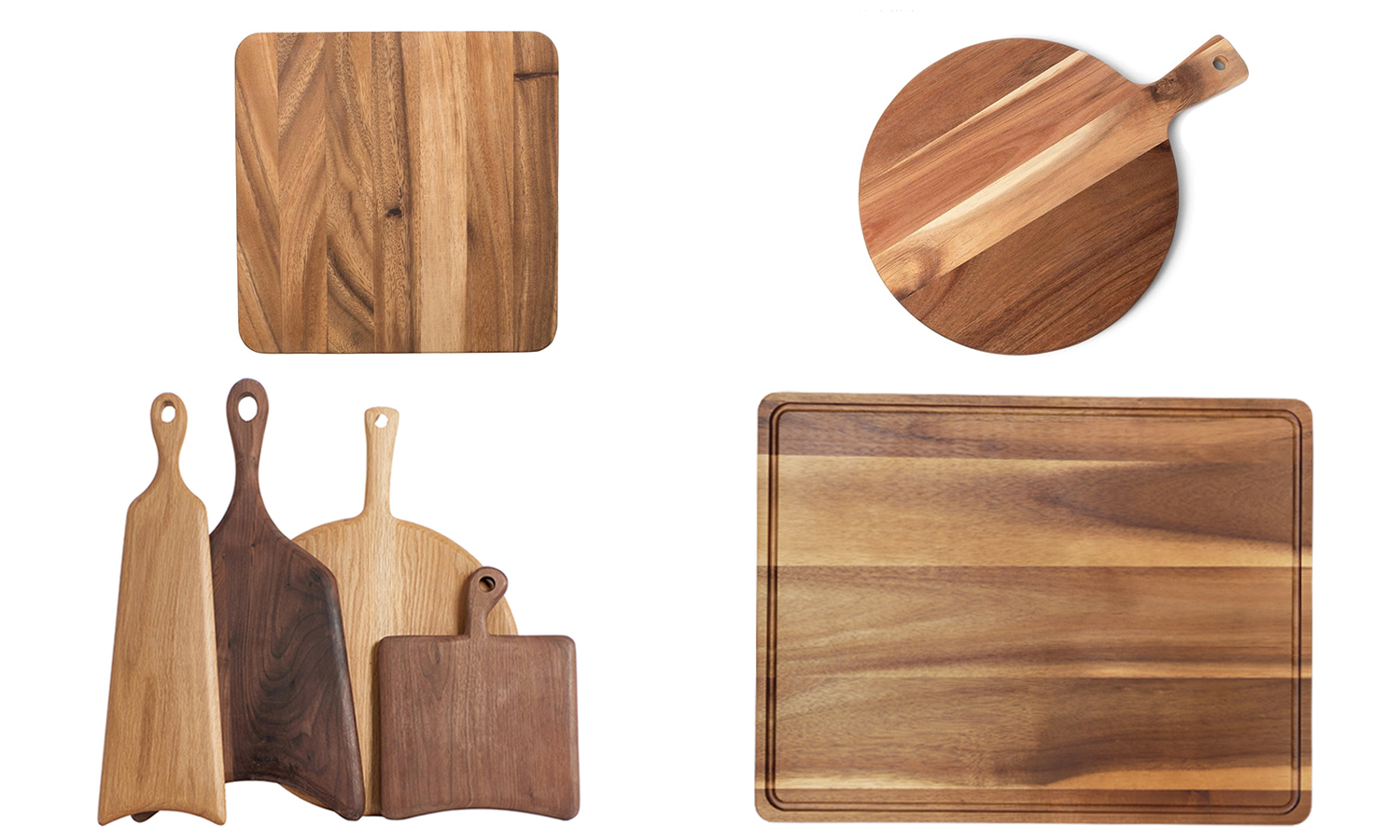
(1) Rectangular Cutting Boards
The classic rectangular cutting board stands as a testament to tradition and functionality. With its straight edges and expansive surface, it provides a practical canvas for everyday culinary tasks. The rectangular shape accommodates efficient chopping, slicing, and dicing, making it a staple in kitchens around the world. Its timeless design reflects a balance of form and function, appealing to chefs who appreciate tried-and-true kitchen essentials.
(2) Round Cutting Boards
In contrast to the structured lines of rectangles, round cutting boards introduce a whimsical and fluid dynamic to the culinary space. Their circular shape invites creative movement in the kitchen, encouraging chefs to embrace a more playful approach to chopping and slicing. Beyond functionality, round cutting boards become a statement of individuality, adding a touch of unconventional charm to culinary spaces.
(3) Square Cutting Boards
For those who seek order and geometric precision, square cutting boards make a compelling choice. With equal sides and defined angles, they bring a sense of structure to the kitchen environment. Ideal for chefs who appreciate a balanced and organized workspace, square cutting boards seamlessly merge form and function. Their clean lines contribute to a visually cohesive culinary setting.
(4) Free-Form Cutting Boards
Enter the avant-garde world of free-form cutting boards, where boundaries dissolve, and creativity takes center stage. Unconstrained by traditional shapes, these boards become a canvas for culinary artistry. From organic curves to asymmetric designs, free-form cutting boards celebrate the liberation of form, inviting chefs to sculpt their culinary visions. These boards appeal to those who view the kitchen as a space for personal expression and experimentation.
2. The Different Features and Designs of Cutting Boards
The world of cutting boards extends beyond mere shapes, encompassing a myriad of features and designs that enhance both practicality and visual appeal. Join us as we delve into the diverse characteristics of cutting boards.
(1) Juice Groove
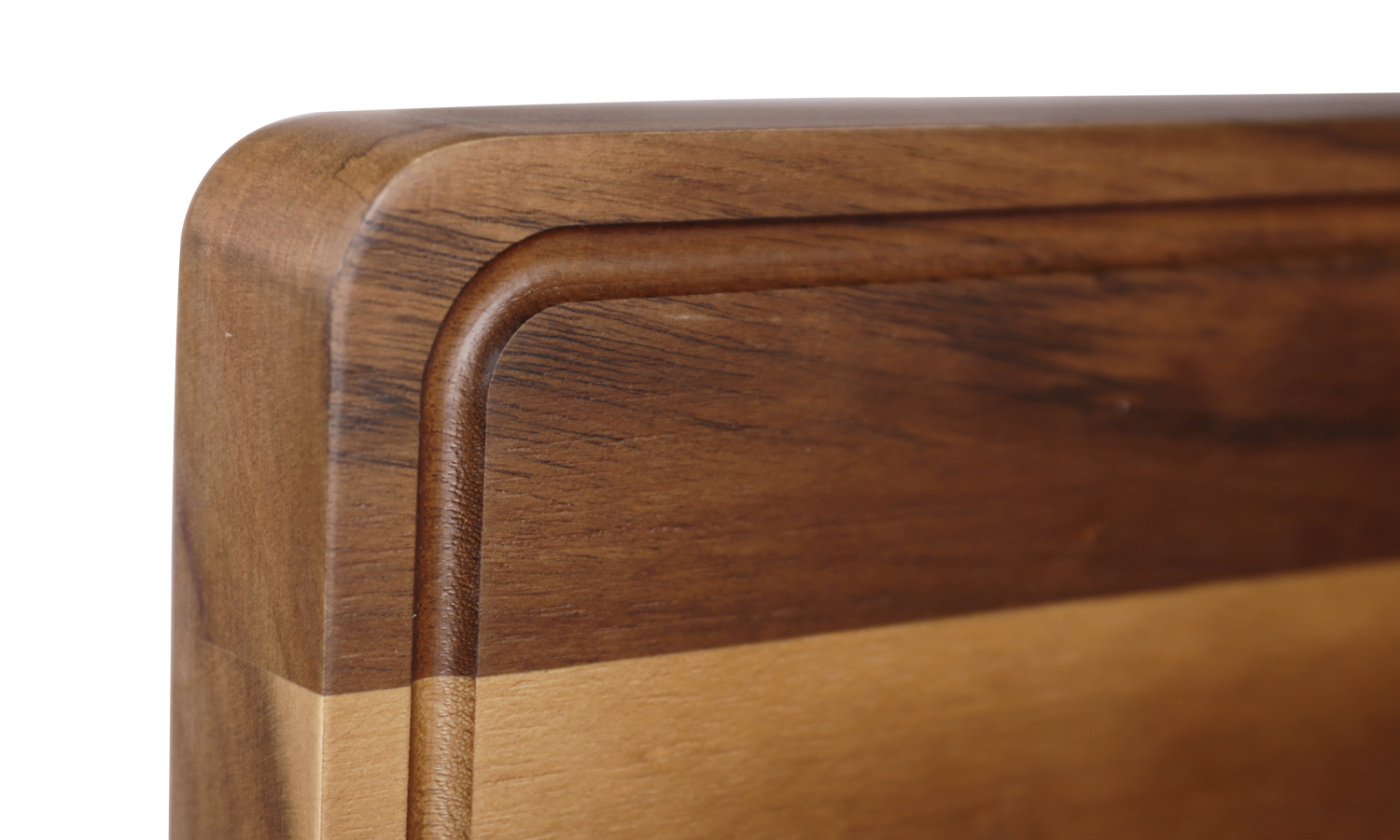
Juice grooves, a subtle yet ingenious addition to cutting boards, bring a layer of precision to the culinary process. Encircling the cutting surface, these grooves catch and contain excess liquids from fruits, vegetables, and meats. The result is a tidy workspace, minimizing kitchen mess and enhancing hygiene. Whether you’re preparing a juicy watermelon or succulent meats, a cutting board with a juice groove ensures that your culinary journey is both efficient and aesthetically pleasing.
(2) Handle
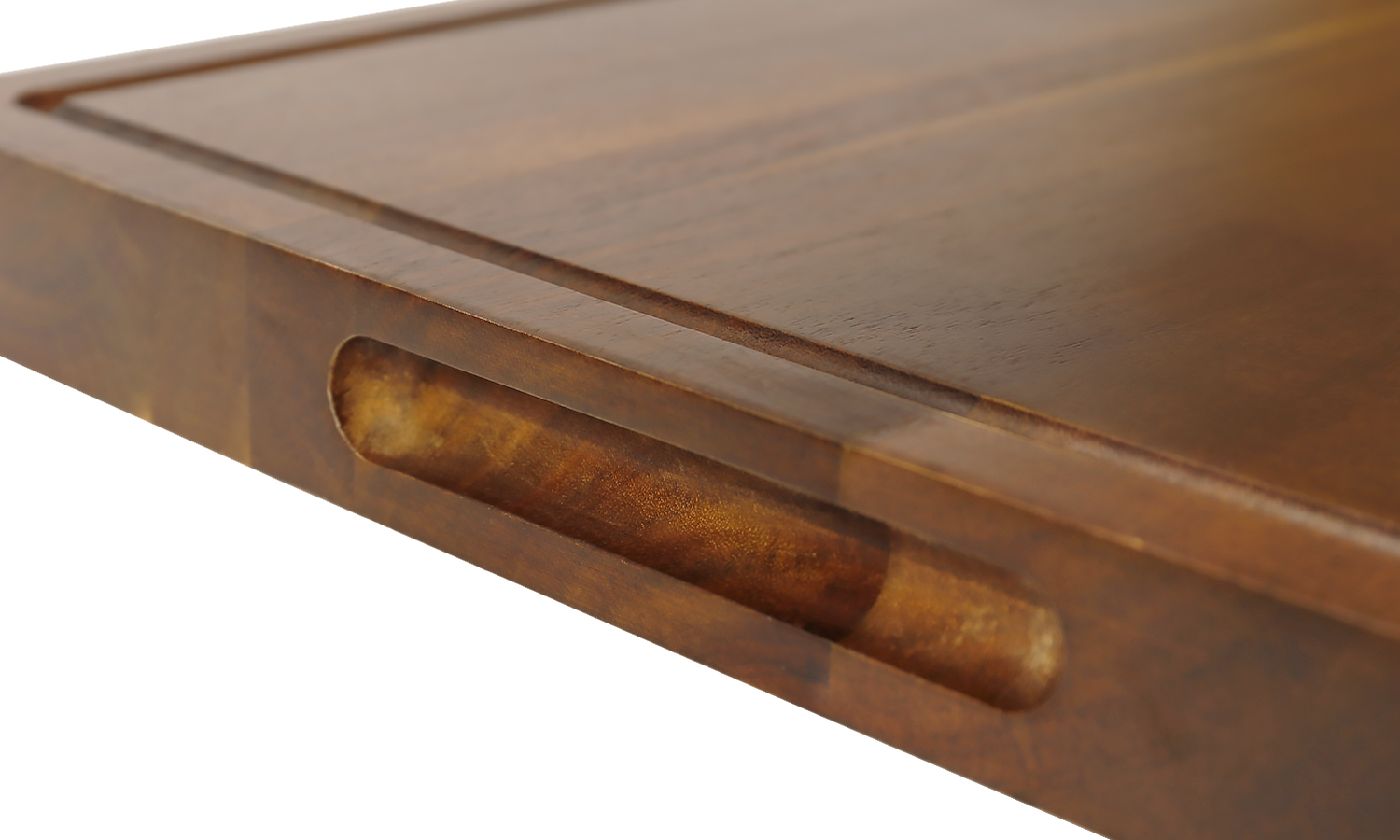
Handles on cutting boards transcend mere practicality; they are an ode to maneuverability and convenience. Whether transporting chopped ingredients to the stove or repositioning the board on the countertop, handles add a layer of ease to culinary tasks. They transform the cutting board from a stationary tool into a versatile culinary companion, catering to the dynamic needs of a bustling kitchen.
(3) Thickness
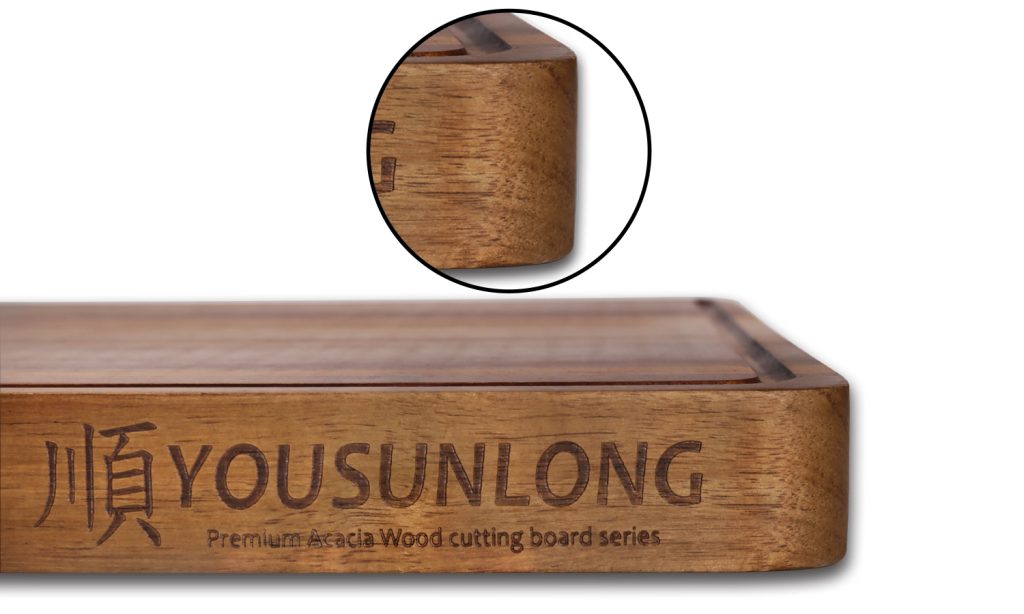
Thin boards are lighter and more flexible, ideal for tasks that require precision and finesse. They are also easier to store. While thick boards provide durability and are less prone to warping over time. They are suitable for heavy chopping and cutting tasks.
(4) Reversible Boards
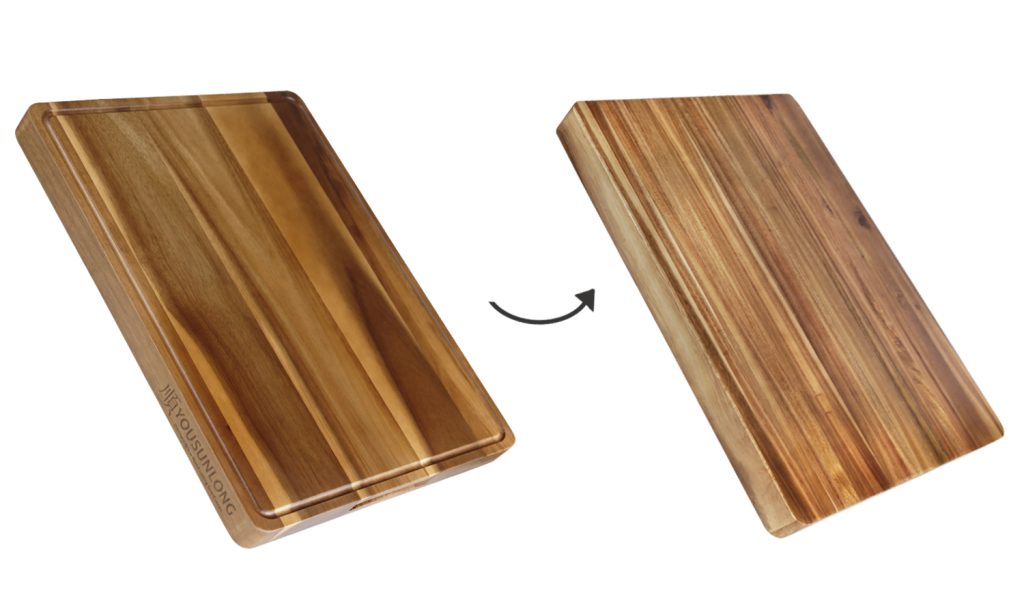
Reversible cutting boards offer dual functionality, extending lifespan and promoting hygiene. Convenient for multitasking, they simplify food prep with easy flips for a fresh surface. Maintenance is a breeze, and their consistent design adds a stylish touch to any kitchen.
3. Wood Cutting Boards and Their Aesthetic Value
In the realm of culinary craftsmanship, wood cutting boards emerge not just as utilitarian tools but as expressions of elegance, thoughtful designs, and the inherent beauty of the chosen materials.
(1) Elegance
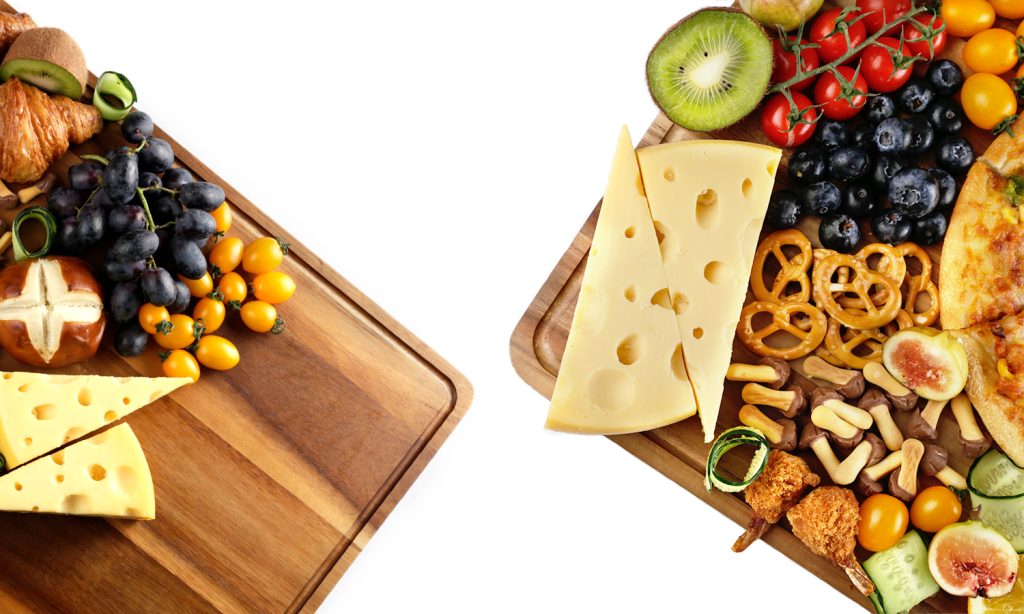
Wood cutting boards often showcase the natural beauty of the wood grain, knots, and patterns. The inherent elegance of wood adds a touch of warmth and sophistication to your kitchen. Each board is unique, and the variations in the wood’s appearance contribute to a sense of individuality and craftsmanship.
(2) Designs
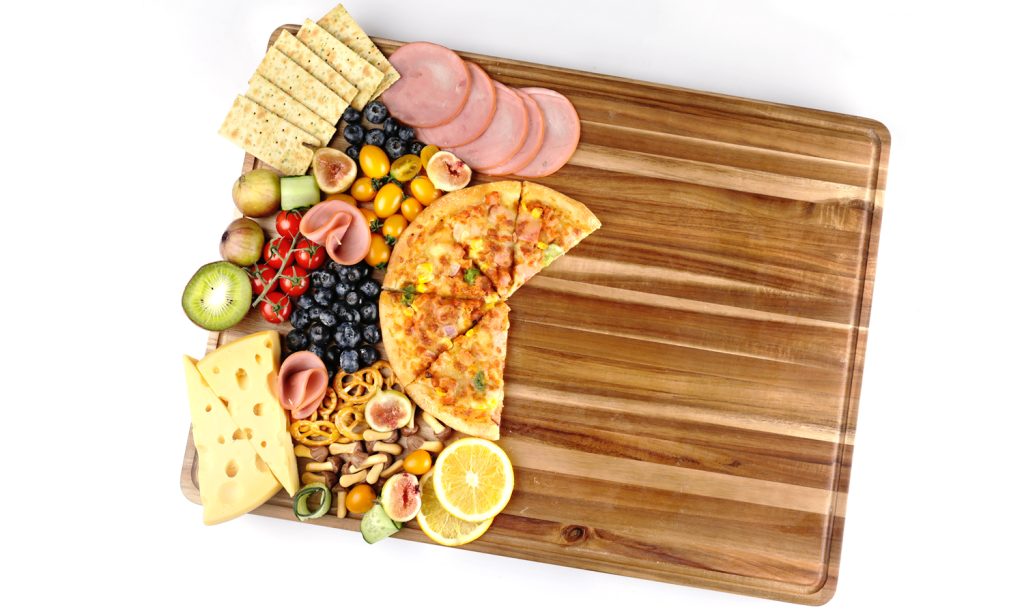
Many wood cutting boards are crafted with attention to detail, showcasing artisanal craftsmanship. Intricate designs, such as inlay patterns or engraved motifs, add a personalized and artistic touch to the boards. These details not only make the cutting board a functional kitchen tool but also a piece of decorative art.
(3) Material
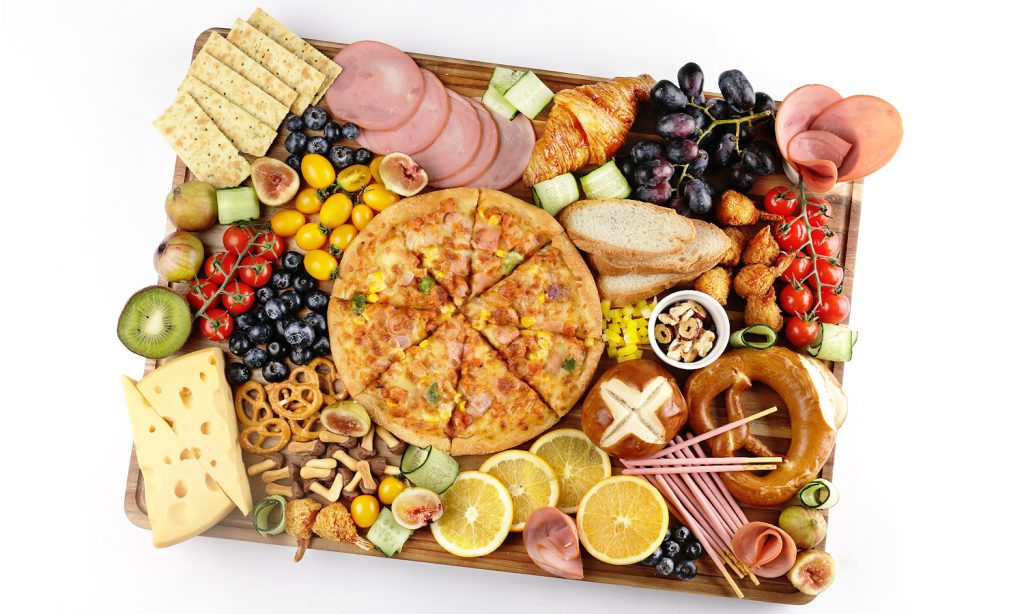
The type of wood used for cutting boards greatly influences their aesthetic appeal. Different woods come in various colors, grains, and patterns. For example, lighter woods like maple can create a clean and modern look, while darker woods like walnut add richness and depth. Exotic woods, such as cherry or acacia, offer unique and eye-catching options.
4. Recommended YOUSUNLONG Acacia Wood Cutting Boards
(1) 20x16x1.5-inch Cutting Board
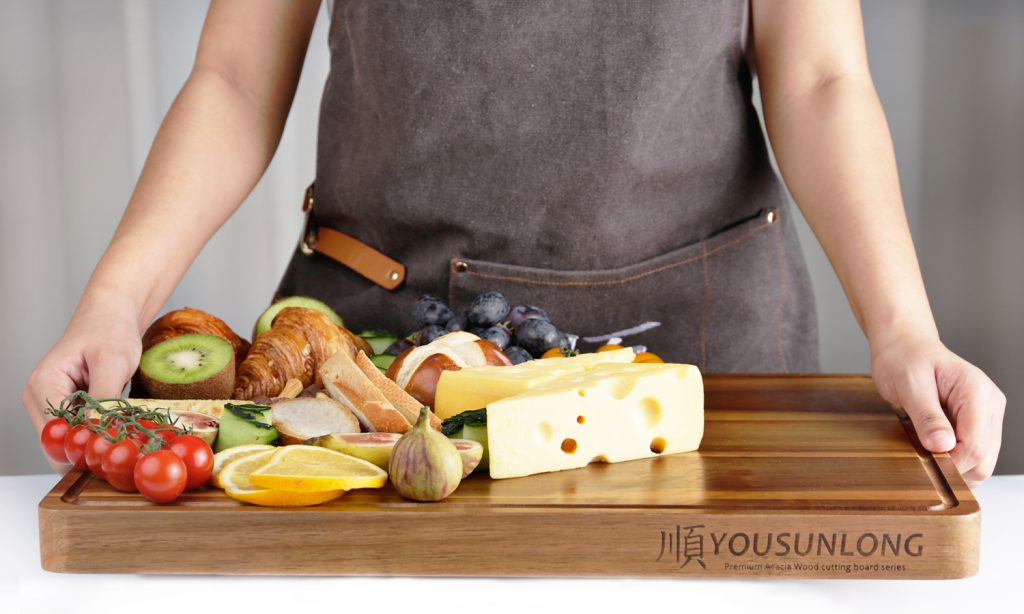
Size: This cutting board has dimensions of 20×16 inches, providing a generous yet manageable space for various kitchen tasks. It strikes a balance between being spacious enough for diverse cutting needs and still fitting well on most kitchen countertops.
Thickness: With a thickness of 1.5 inches, this board offers a sturdy cutting surface. This thickness is suitable for everyday use, offering durability without being overly heavy or cumbersome.
Functionality: The moderate size and thickness make it versatile for tasks such as chopping vegetables, slicing fruits, and preparing proteins. Acacia wood is known for its strength and attractive grain patterns, adding both functionality and aesthetic appeal to your kitchen.
(2) 24x18x1.5-inch Cutting Board
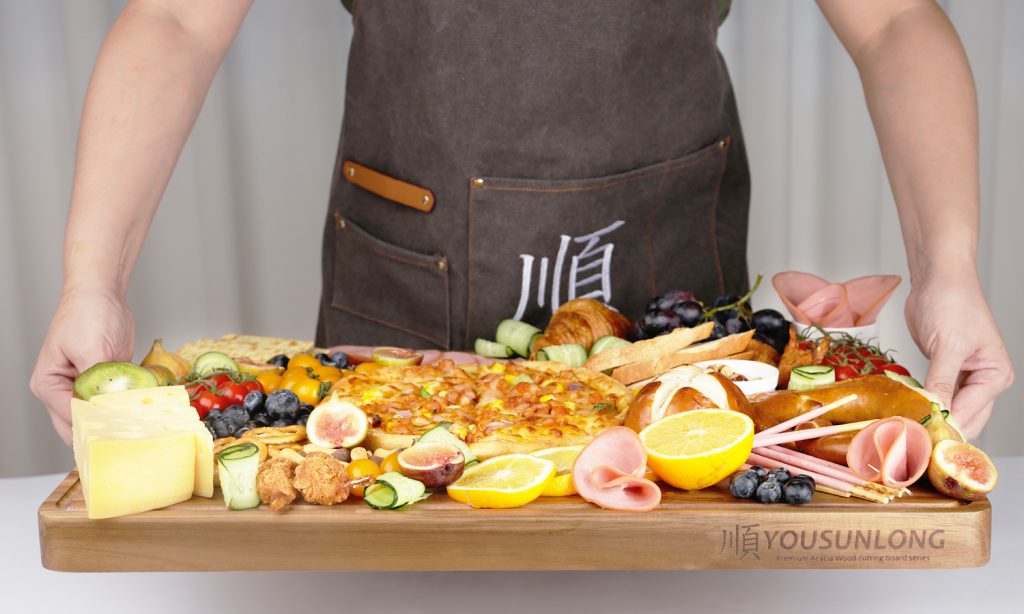
Size: With generous dimensions of 24×18 inches, this cutting board provides extra working space, catering to those who require ample room for extensive food preparation.
Thickness: At 1.5 inches thick, this board ensures a substantial and durable surface, making it suitable for heavy-duty cutting tasks.
Versatility in Placement: The size of this cutting board is designed to fit perfectly on various kitchen surfaces, including electric cooktops, gas stoves, and sinks. This versatility allows you to seamlessly integrate it into your kitchen workflow, creating a satisfying stove top cutting board experience.
Functionality: The combination of ample space and versatile placement options makes it an ideal choice for a range of cooking tasks, from chopping and slicing to serving. The acacia wood construction ensures a knife-friendly surface, while the board’s adaptability enhances its overall functionality.
Consider your specific kitchen needs, available space, and preferences when choosing between these two cutting boards. The 20x16x1.5-inch board is more moderate in size, while the 24x18x1.5-inch board offers extra space for those who require it. Both options feature acacia wood construction, known for its strength and aesthetic appeal.
Great article!Looking forward to more informative posts like this! Keep up the good work!
I really appreciate the clear and detailed insights you’ve provided on this topic. Keep up the good work!
Great article! I also found the practical tips you’ve shared to be very helpful.